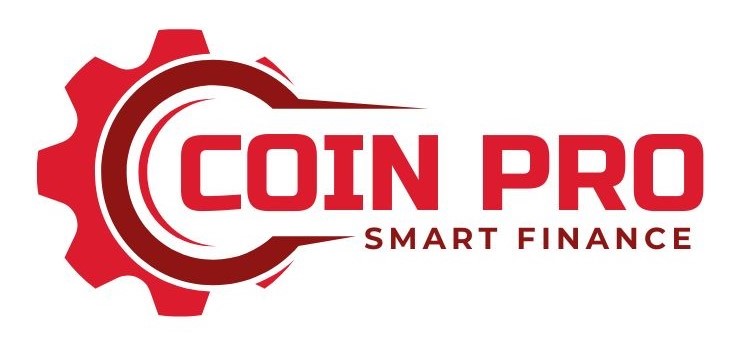Can Blockchain Replace Traditional Banking?
Introduction
Blockchain technology has gained significant traction in recent years, with many proponents claiming it has the potential to revolutionize industries, including traditional banking. As decentralized finance (DeFi) continues to expand, the question arises: can blockchain replace traditional banking? This article explores the strengths and weaknesses of both systems to determine whether blockchain could be a viable alternative.
Understanding Blockchain Technology
Blockchain is a decentralized ledger technology that records transactions across multiple computers to ensure security, transparency, and immutability. Transactions on a blockchain are verified through consensus mechanisms such as proof of work (PoW) or proof of stake (PoS), eliminating the need for a central authority.
Key Features of Blockchain:
- Decentralization: No single entity controls the network.
- Security: Transactions are encrypted and immutable.
- Transparency: Every transaction is visible on the public ledger.
- Efficiency: Reduces intermediaries and speeds up transactions.
The Role of Traditional Banking
Traditional banking has been the backbone of the global financial system for centuries. Banks facilitate transactions, offer loans, manage savings, and provide financial services that support economies. These institutions operate under government regulations to ensure stability and protect consumers.
Key Features of Traditional Banking:
- Centralization: Regulated and controlled by financial authorities.
- Trust and Stability: Backed by government policies and regulations.
- Consumer Services: Provides loans, mortgages, and credit facilities.
- Intermediary Role: Acts as a trusted third party in financial transactions.
Advantages of Blockchain Over Traditional Banking
1. Lower Transaction Costs
Blockchain removes the need for intermediaries such as banks and payment processors, reducing fees associated with transactions. Traditional banking systems, on the other hand, involve various charges for wire transfers, foreign exchange, and account maintenance.
2. Faster Transactions
Cross-border payments through traditional banks can take days due to processing and verification procedures. Blockchain transactions, however, can be completed within minutes, regardless of geographical boundaries.
3. Enhanced Security
Blockchain uses cryptographic techniques to secure transactions, making fraud and hacking attempts more difficult. Unlike banks, which store data in centralized databases susceptible to cyberattacks, blockchain distributes data across multiple nodes, reducing the risk of breaches.
4. Financial Inclusion
Blockchain enables anyone with an internet connection to access financial services without requiring a bank account. This is particularly beneficial for unbanked populations in developing countries who face challenges in accessing traditional banking.
5. Transparency and Immutability
Blockchain provides a transparent ledger where all transactions are recorded permanently. This reduces the chances of fraud, money laundering, and corruption, which can sometimes occur in traditional banking institutions.
Limitations of Blockchain as a Banking Alternative
1. Lack of Regulation and Consumer Protection
Unlike banks, which are subject to strict regulations, blockchain operates in a largely unregulated environment. This poses risks for consumers, as there is no legal recourse in cases of fraud, hacks, or lost funds.
2. Scalability Issues
Blockchain networks, particularly those using PoW, face scalability challenges due to slow transaction processing speeds and high energy consumption. Traditional banking systems, despite their inefficiencies, can handle a large volume of transactions daily.
3. Volatility of Cryptocurrencies
Many blockchain-based financial systems rely on cryptocurrencies, which are highly volatile. The fluctuating value of digital assets makes them less stable compared to traditional banking currencies like the US dollar or the euro.
4. Limited Adoption and Understanding
While blockchain is growing in popularity, many individuals and businesses still rely on traditional banking due to familiarity, regulatory assurances, and a lack of understanding of blockchain technology.
5. Irreversibility of Transactions
Blockchain transactions are irreversible, meaning errors or fraudulent activities cannot be undone. Traditional banks offer mechanisms such as chargebacks and fraud protection that provide additional security for consumers.
The Future of Blockchain and Banking
Hybrid Models: A Possible Solution
Rather than replacing traditional banking entirely, blockchain could complement existing systems. Many banks are already exploring blockchain to improve efficiency, security, and transparency. Central Bank Digital Currencies (CBDCs) are one example of how blockchain can be integrated into traditional finance.
Regulatory Developments
Governments and financial institutions are working on regulations to ensure that blockchain and cryptocurrencies can be safely adopted. Proper regulation could address concerns regarding consumer protection, fraud prevention, and financial stability.
Technological Improvements
Advancements in blockchain scalability solutions, such as layer-2 technologies and sharding, could help overcome some of its current limitations. As blockchain technology evolves, it may become more viable as a mainstream financial system.
Conclusion
While blockchain offers numerous advantages over traditional banking, including lower costs, faster transactions, and increased security, it is not yet a complete replacement. Challenges such as regulatory uncertainty, scalability issues, and the volatility of cryptocurrencies must be addressed before blockchain can fully compete with traditional banking. The future may see a hybrid financial system where blockchain enhances banking rather than replaces it entirely. The question is not whether blockchain will replace traditional banking but how both can coexist to create a more efficient and inclusive financial landscape.


